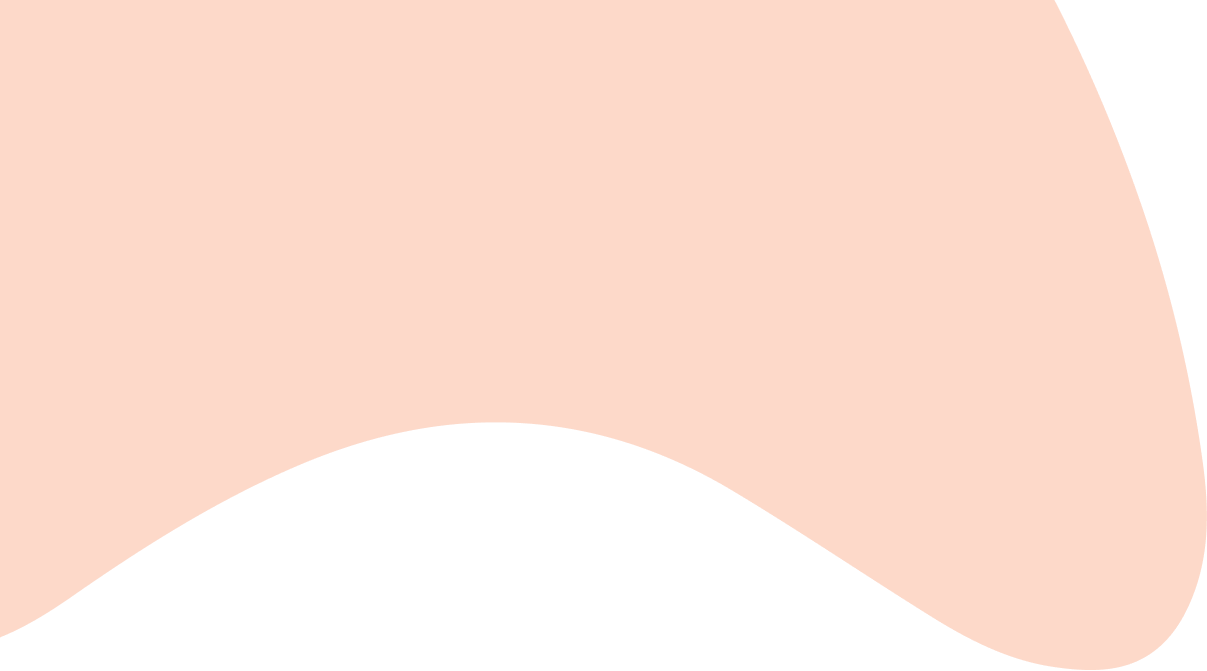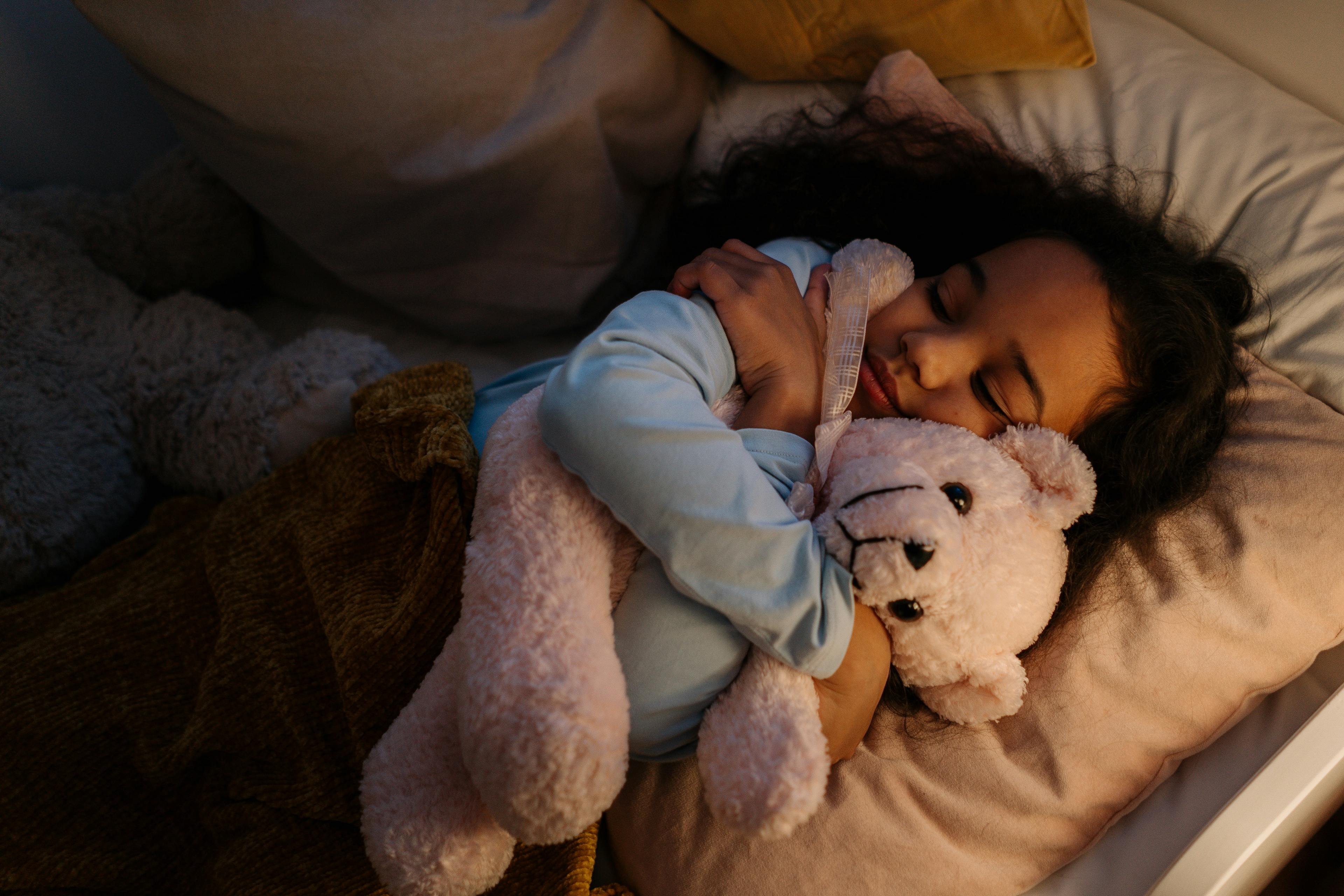Awhi is still in development, we'd love your feedback and suggestions. Let us know.
How autism can impact sleep
Let's talk about how neurodivergence impacts sleep. This is part three of our four-part series on sleep. We've linked those posts below...
What does Neurodivergent mean?
In this context, the word “Neurodivergent” is an umbrella term that refers to people who exhibit behaviours of a certain ‘family’ of disorders. Broadly speaking, these are conditions where people’s brains develop differently, or diverge, from what’s typical. Neuro = brain, Divergent = difference.
Medically, neurodivergent diagnoses are separate disorders but people diagnosed with one disorder could still have traits of others. The most well-known neurodivergence is autism spectrum disorder (ASD), which is estimated to occur in about 1.6% of people. Other ‘common’ neurodivergencies include attention deficit hyperactivity disorder (ADHD), dyspraxia, dyslexia, and dyscalculia and there are also rarer conditions such as apraxia and multiple sclerosis. Each condition’s symptoms or traits can occur on a spectrum of severity.
Research on sleep disorders in neurodivergent people mostly focus on ASD and occasionally include ADHD, but insight into one condition can still result in tools and supports that are helpful for others. My own approach is to think of neurodivergent diagnoses as “cousin conditions” and take a broad and flexible approach when looking at what accommodations might help. Neurodivergent conditions can also be highly heritable (meaning they run in families) so this info may be helpful for those without an official diagnosis.
What’s the deal with sleeping?
Most people have a circadian rhythm – they start to wake up approximately when the sun rises and start feeling tired once the sun has gone down. Brains release certain chemicals at certain times of the day to either wake us up or help us go to sleep, and other systems in our bodies adjust their function according to the time of day. These rhythms are governed by genes in our DNA called ‘clock genes’ that keep everything working on the appropriate rhythm. So far, so neurotypical.
However, it has been identified that autistic people have variations in their ‘clock genes’ that affect this rhythm and as a result interrupted sleep, difficulty getting to sleep, and other sleeping issues are reasonably common in people with Autism Spectrum Disorder at all ages. It also looks like it’s somewhat of a sleep-disordered ouroboros – people with ASD sleep badly which makes the symptoms of ASD worse which in turn leads to bad sleep.
What can disturbed sleeping look like in neurodivergent people?
- Delayed sleep (going to sleep late in the evening)
- Short duration of sleep
- Frequent waking
- Lower levels of REM sleep
**Note: **This piece is an introduction to common sleep difficulties experienced by neurodivergent people. The next piece in this series will cover the more extreme presentation of sleeping difficulties, where those difficulties have reached the point where they need to be classified as a disorder. Sleep disorders are not exclusive to neurodivergent people, but we may be more susceptible to them.
What to do though?
Part of my work as a neurodivergent person is recognising that I have to learn to work with my brain, not against it. For those with difficulty sleeping, this means accepting that there may not be a ‘cure’ for sleep issues. However, avoid getting trapped by black and white thinking! We are not looking for perfection, we are looking for improvement. Neurodivergent brains are different, but they are still human brains that need sleep and there are still supports and tools that may be able to assist.
Some neurodivergent people have difficulty identifying what messages our bodies are sending to our brains, so we might not eat until we’re starving, or not realise that we need to go to the toilet until we’re busting. This also applies to not noticing that we’re tired, and it can be managed in ways that are similar to how you might manage food and toileting – by drawing attention to the need in a routine way.
For example, you might set a specific bedtime for when your kid has to be in bed or in their room but allow your child quiet time to read or play. Then you might turn the light off but still allow your child to listen to an audiobook or quiet music. Some neurodivergent children who seek out sensory input may even find it easier to fall asleep when listening to something, either on a small speaker or on soft headphones if they share a room. Quiet time in bed is not sleep but it is still rest.
A routine like this allows for the possibility that their body and brain are literally not ready to sleep at 8pm, but that they might be ready at 9.30pm. There is no expectation that the child will fall asleep immediately. This reduces frustration and tension in parents, and creates a calm environment for kids, ideally allowing their body and brain to work together and recognise when it is time to sleep.
In terms of the sleeping environment, refer back to Part 1 of this series for common suggestions for people who are having difficulty sleeping, especially the section on being comfortable in bed. Heightened senses are common in neurodivergent people and so identifying what’s necessary to create a comfortable sleeping environment is important.
Aside from ensuring there’s low light, cool temperature, and that basic bedding is comfortable, there are other sensory tools that can help.
**Weighted blankets: **steady pressure can have a calming effect and so these are a common suggestion. They’re still reasonably expensive but recent increases in popularity means they’re more accessible than they used to be.
**Weighted toys: **similar to blankets but more targeted. Some people find that the blankets are overwhelming, but a weighted teddy bear can provide limited pressure without feeling suffocating.
Body Socks/Sleep Swaddles: these are commonly used for babies already but can be bought for larger children and for adults as well. In summer, one of these might be preferable to a weighted blanket.
**Noise: **white noise is the usual suggestion but there are hundreds of apps out there with different kinds of noise. To be frank, I don’t understand the different colour designations but I also follow the rule of “it’s not silly if it works” so if pink noise works, then it works. You can also try using a fan to create a calming background noise, especially as fans can help keep a bedroom cool.
**Non-traditional beds: **some people might sleep better on harder beds such as futons or thinner mattresses and some people sleep better on couches as they provide support around the body. If your kid can sleep on your couch but not in their bed, you might consider putting a couch in their room.
It’s also worth discussing medication regimes with your doctor to see what effect meds can have on sleep, so you can balance the competing needs. For example, stimulant medication is a common treatment for ADHD and so your doctor can advise you on setting the timing or quantity of an afternoon dose in a way to minimally affect a bedtime routine.
.jpeg&w=128&q=75)
Tam Clemerson
I'm Tam Clemerson. I am a queer neurodivergent parent. I grew up in Wellington and did my dash in the public service before moving into union advocacy. I am currently studying Law at Vic Uni and spend my time juggling lectures and readings with swimming lessons and football games.
Was this resource helpful to you?


The Awhi Ngā Mātua team would like to thank Takai, the IHC Foundation and the Dines Family Charitable Trust for their generous contributions to our work. A huge thank you also to the IHC Programmes team, in particular the IHC Library which has worked so hard to make their remarkable collection available to us.




.jpeg&w=3840&q=75)




